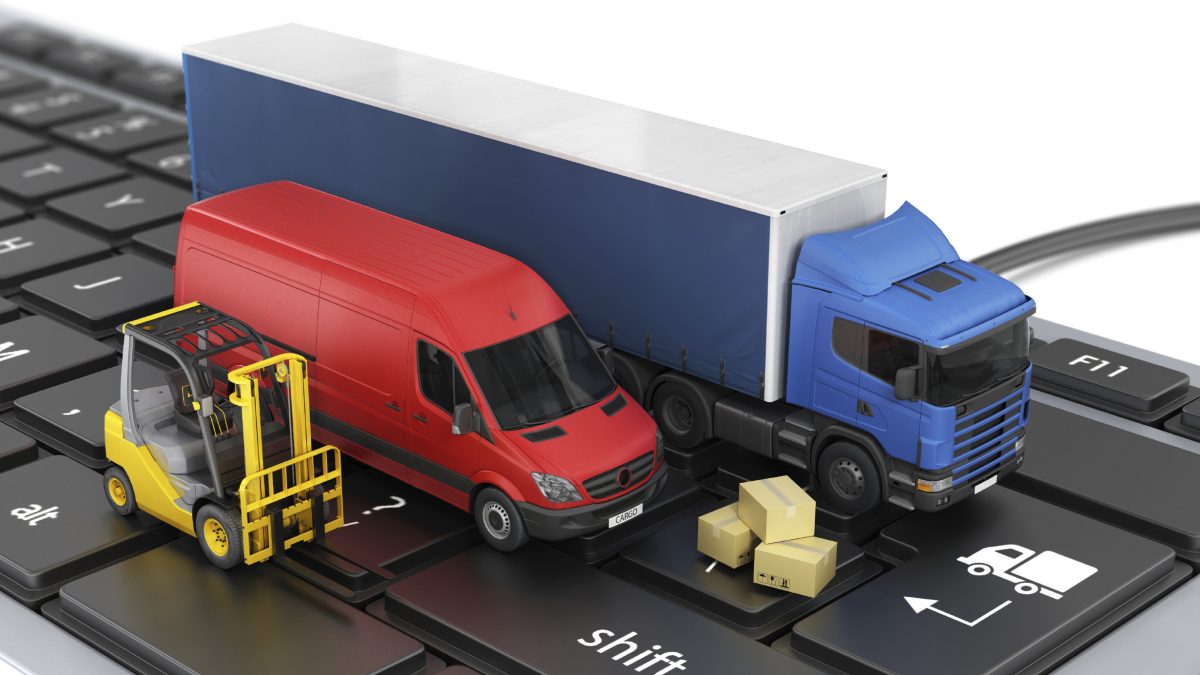
How is 3D Printing Affecting Supply Chains?
Can Your 3D Printing Benefit from Supply Chains?
Imagine: a printer that creates any tangible, three-dimensional item you want, right in front of your eyes. What once sounded like science fiction is now an everyday reality. 3D printing is here to stay, and its business power is boundless.
What makes 3D printing such a game-changer? It gives businesses the ability to create products faster, right from one location. Think about the contrast between manufacturing something traditionally, like a dining room chair, and 3D printing. In a traditional process, the chair might be created using a variety of different materials, requiring both a variety of people and tools to complete assembly. With a 3D printer, there’s just one tool, minimal human labor, and materials that are centrally housed. Naturally, that translates into significant savings and increased efficiency for businesses.
With these benefits in mind, it’s no surprise that analyst firm Canalys anticipates that the worldwide market for 3D printers and its related materials and services will grow to $20.2 billion by 2019.
Why Your 3D Printing Needs a Supply Chain
Just as 3D printing is changing the very way in which products are manufactured, so too is it shifting how they’re distributed, and in a way that underscores the value of a smart supply chain.
Let’s break it down. Unlike a typical operations plan, in which a business would first determine the quantity of product they want to produce, then source all needed materials, assemble the product, and ship out from one central warehouse, with 3D printing, operations start with the customer. The customer expresses demand first (by placing an order) and then a 3D printer outputs a customized order. Businesses respond to each customer’s individual request and deliver more expediently, in part because it takes less time to make the product, and partly because with less tools and equipment requiring large spaces, products can be turned out by local 3D printing shops.
The result of this expedient, made-to-order model is that buyers are purchasing smaller quantities of items several times a week. There’s no need for generic bulk orders, because each item can be produced to fit specific needs, and with fast delivery, there’s no need to order weeks in advance. And, spare parts can be printed within just 24 hours and delivered on demand. You see what we’re getting at here – 3D printing creates opportunities for high-frequency delivery. According to PriceWaterhouseCoopers, 42% of manufacturers expect 3D printing to be used for high-volume production in the next 3-5 years.
This uptick in activity is why a seamless 3D printing supply chain is crucial to operations. Businesses will constantly have product in transit, resulting in the need for solid transportation logistics built on the foundation of experienced couriers and routing systems. Storing and moving inventory closer to the customer base (localizing) is another important part of a successful 3D printing supply chain. The on-demand model of printing means that businesses don’t have to house as much inventory (product is only created as needed), so print shops can be smaller and in turn more easily positioned right within urban areas. Capitalizing on this “last mile” is where businesses can differentiate themselves and deliver that exceptional customer experience.
Thinking critically about how to leverage your 3D printing supply chain can not only lower costs and create efficiencies, but when done well, it can give you an advantage against competitors. Consider: Amazon is already toying with the idea of including 3D printers right within delivery trucks.
How will you adapt your business’s supply chain to maximize the opportunities that 3D printing offers?
For more on supply chain logistics and to learn more about industry-specific courier services, reach out to Econo-Courier today!
Recent Posts
Contact Info
75 Lackawanna Ave, Unit B
Parsippany, NJ 07054
Phone: (800) 526-9094
